The art of setting up a breeding nest box for society finches is both a science and a subtle craft. These charming little birds, known for their social nature and cheerful chirping, require specific conditions to thrive and reproduce successfully. A well-prepared nest box can make all the difference between a thriving colony and a pair of frustrated finches. The process involves understanding their natural instincts, preferences, and the delicate balance between comfort and stimulation.
Choosing the right nest box is the first critical step. Society finches prefer enclosed spaces that mimic the hollows they might find in the wild. A wooden box with a small entrance hole, roughly two inches in diameter, provides the security they crave. The interior should be spacious enough to accommodate both parents and their eventual chicks, but not so large that it feels exposed. Many breeders opt for boxes made of untreated pine or cedar, as these materials are safe and provide adequate insulation.
Placement of the nest box within the aviary or cage plays a significant role in whether the finches will accept it. These birds feel most secure when their nest is positioned higher up, away from ground-level disturbances. However, it shouldn’t be so high that temperature fluctuations become an issue. A spot near the middle of the enclosure, where the birds can observe their surroundings without feeling vulnerable, often works best. Ensuring the box is securely attached and doesn’t sway with movement is equally important—finches dislike instability when raising their young.
The lining of the nest box is where personal preference comes into play, both for the breeder and the birds. Society finches are not particularly fussy, but they do appreciate soft, fibrous materials. Coconut fibers, dried grass, or even shredded paper can be offered as nesting material. Some breeders provide a base layer and let the birds arrange the rest, as the act of gathering and shaping the nest is part of their bonding and breeding behavior. Avoid synthetic fibers or anything with loose threads that could entangle the birds’ delicate feet.
Temperature and humidity control are often overlooked but vital aspects of nest box preparation. Society finches breed best in stable environments—too much heat can cause dehydration, while cold drafts may lead to abandonment of the nest. In drier climates, lightly misting the nesting material can help maintain adequate humidity for egg development. Conversely, in humid regions, ensuring proper ventilation prevents mold growth, which can be harmful to both eggs and hatchlings.
The psychological comfort of the birds should not be underestimated. Society finches are communal creatures, and their breeding success often hinges on the presence of other finches nearby. If possible, placing multiple nest boxes in the same space can encourage breeding behavior through social stimulation. However, overcrowding must be avoided—each pair should have enough space to establish a small territory around their nest without constant conflict.
Monitoring and maintenance of the nest box throughout the breeding cycle is essential. Once the finches have settled in, it’s best to minimize direct interference, but periodic checks ensure the nest remains clean and safe. Removing soiled bedding or uneaten food prevents parasites and bacteria from accumulating. If the parents seem stressed by inspections, a discreet camera or observing from a distance can help track progress without disruption.
Successful breeding is not just about providing a box—it’s about creating an environment where society finches feel secure enough to follow their natural instincts. The subtle interplay of privacy, comfort, and social dynamics must be carefully balanced. When done right, the sight of a pair of finches diligently tending to their nest, and eventually their chicks, is a rewarding experience that reflects the breeder’s understanding and care.
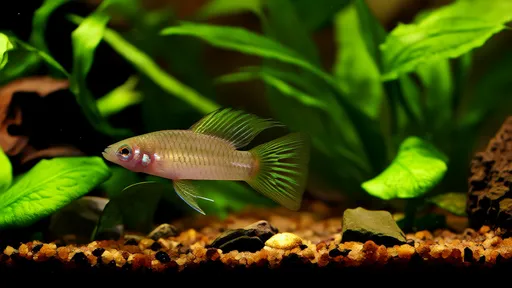
By /Jun 28, 2025
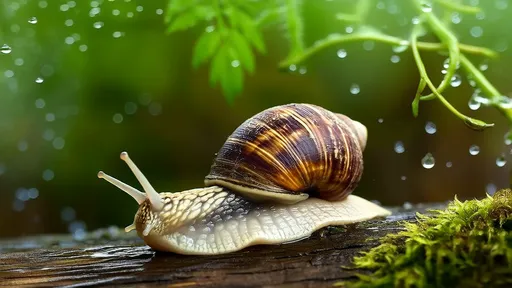
By /Jun 28, 2025
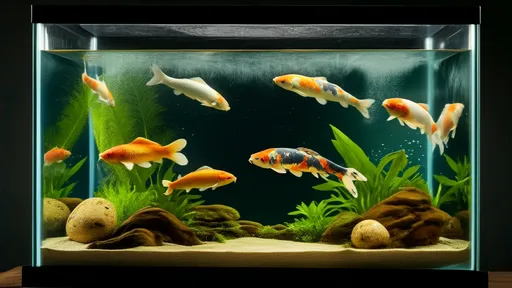
By /Jun 28, 2025

By /Jun 28, 2025
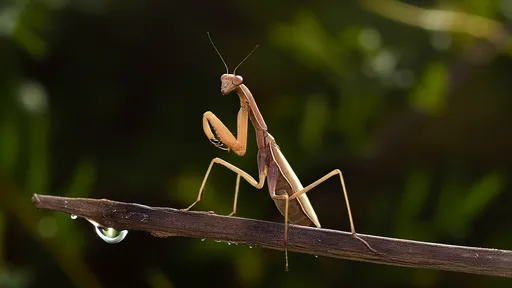
By /Jun 28, 2025

By /Jun 28, 2025
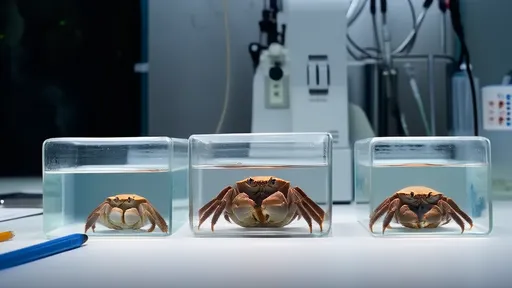
By /Jun 28, 2025
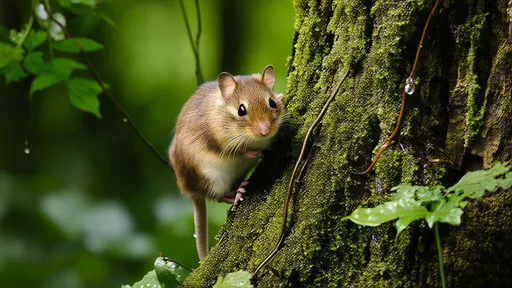
By /Jun 28, 2025
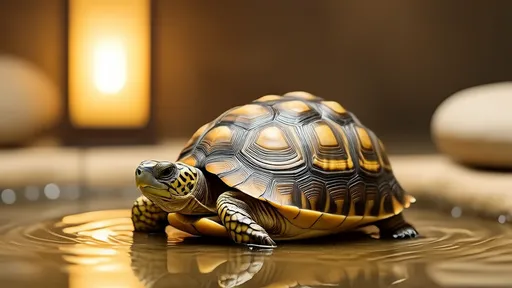
By /Jun 28, 2025
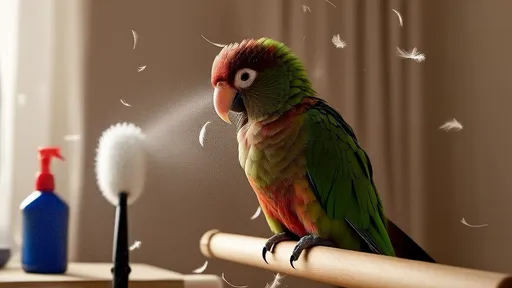
By /Jun 28, 2025

By /Jun 28, 2025
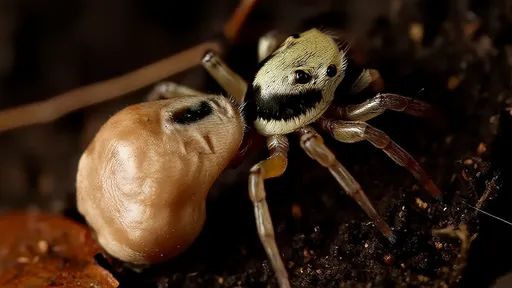
By /Jun 28, 2025
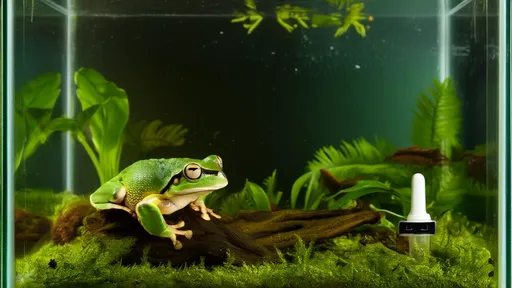
By /Jun 28, 2025

By /Jun 28, 2025
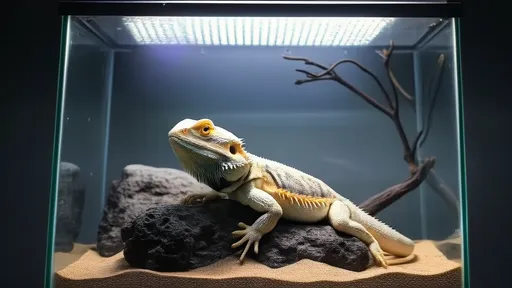
By /Jun 28, 2025

By /Jun 28, 2025
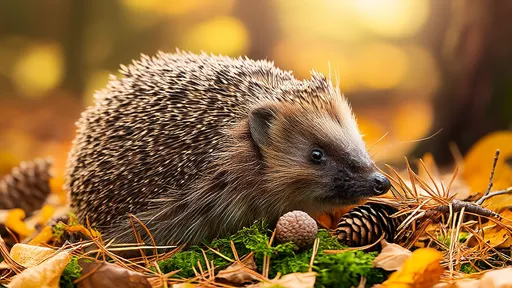
By /Jun 28, 2025